
One of the great advantages of iOS over other mobile systems is that updates reach all devices simultaneously, regardless of whether they are newer or older. Until Apple discards a device and leaves it without updating it usually takes several years, which is a point very in its favor. It is a usually simple procedure but many of the most frequent failures or problems (battery consumption, instability, etc ...) are because we have not done it as we should. We are going to explain what is update, what is restore, and the differences between both processes, as well as when it is more convenient to choose one over the other.
OTA updates
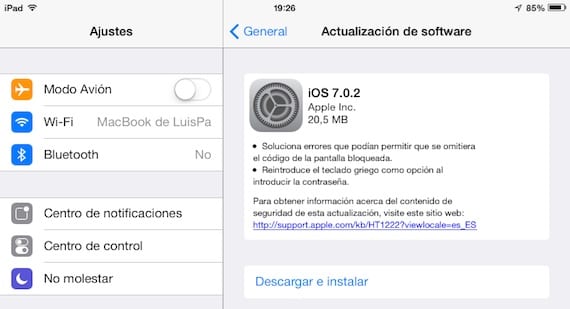
Because it is the simplest and most accessible procedure, although it is not done through iTunes, I will explain it quickly. Updates via OTA are carried out from the device itself, it is necessary to be connected to a WiFi network and it is recommended to have the iPhone or iPad connected to the load or with the battery almost full. It is accessed from the menu «Settings> General> Software update» and you simply have to click on «Download and install». It is always an update (now later you will understand what I mean) and the most recommended when everything is going well and we want to switch between minor versions (within the same iOS).
Update or Restore with iTunes
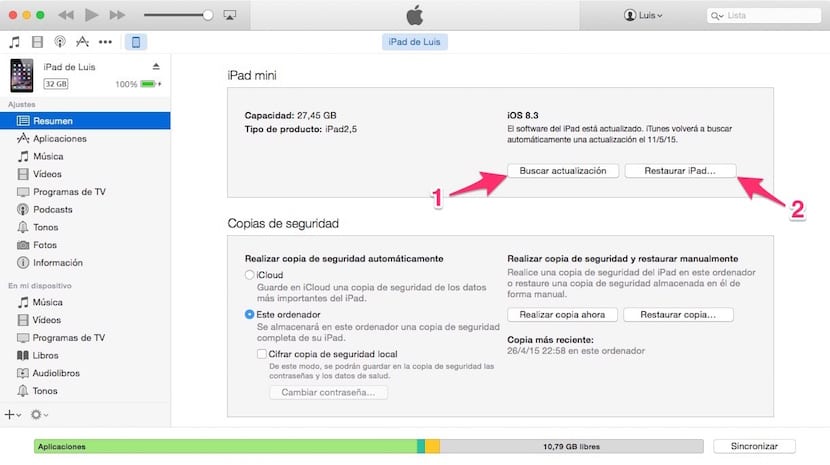
iTunes has been the classic method of updating or restoring our device since the beginning of time, and the only way to do it until OTA updates appeared. These options are in the Summary tab of iTunes once we connect our iPhone, iPad or iPod Touch to iTunes. At the top, as shown in the image, there are two buttons, one for updating (1) and the other for restoring (2). But it's not the same? Absolutely. I explain the differences:
- Update: your device will be left with the latest version of iOS available, but with all the content and settings it had previously. That is, it will be as it was before, but with the new version of iOS installed.
- Restore- Your device is restored, that is, it is completely erased and the new version is installed. The end result is therefore an iPhone or iPad as fresh from the factory, empty, without settings, applications or multimedia content, but with the latest version of iOS installed.
Update or Restore, that's the question
Nobody is really going to agree on this. Everyone has their own experiences and acts according to them. My recommendations, based on my own experiences, are as follows:
- Updating is the simplest and fastest method, and the most recommended when there are small jumps between versions (iOS 8.2 to iOS 8.3, for example), as long as your iPhone or iPad behaves normally and you do not have any problems.
- Restoring is a longer process, but it is the most recommended in certain situations: excessive battery consumption, jailbreak done, poor performance, instability and closures of unwanted applications, improper operation, and when going from one large version to another large (iOS 7 to iOS 8). If you have any of these "problems" it is best to restore your device, because the update what it will do is drag everything to the new version, and with it all the problems.
It is important above all the problem of the jailbreak. If you have Jailbreak NEVER update through iTunes (via OTA you won't be able to). The tweaks and Cydia itself install files in locations and settings that will cause you serious problems in the long run, especially performance and battery problems. It is best to restore in this case.
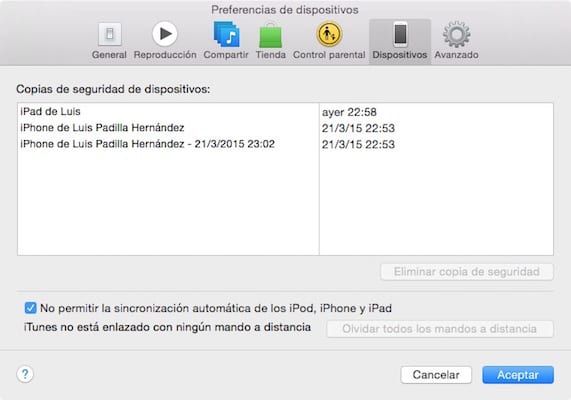
And the backup?
The backup should be used to leave your device as it was before a restore. If that's what you want, then go ahead and restore your backup without fear. But if that's exactly what you don't want, don't use your backup. If your device was slow, it consumed a lot of battery, the applications were closed, and above all, it had Jailbreak, avoid using backup or the same failures will be reproduced that you had in the new version.
Select the file manually
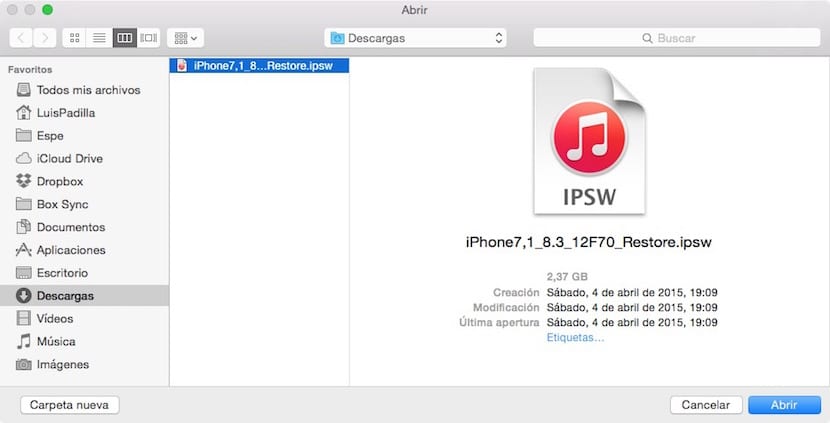
To update or restore your iPhone or iPad using iTunes, you must download the firmware, which is nothing other than the file with the operating system to be installed. This is automatic, and the most recommended for most. But sometimes we want to download our file and use it later. For it we will have to manually choose the file «IPSW» when updating or restoring, which is done very simply: by pressing a key on our keyboard at the same time we click on the Update or Restore button in iTunes. That key varies depending on whether we are on Windows or Mac.
- Windows: Shift key
- Mac OS X: Alt key
A window will then appear in which we will be asked to select which IPSW file we want to use. Remember that you can only install the version that Apple signs at that time, which is usually only the last released. In addition, the file must be compatible with our device, because each iPhone and iPad model has a different file.
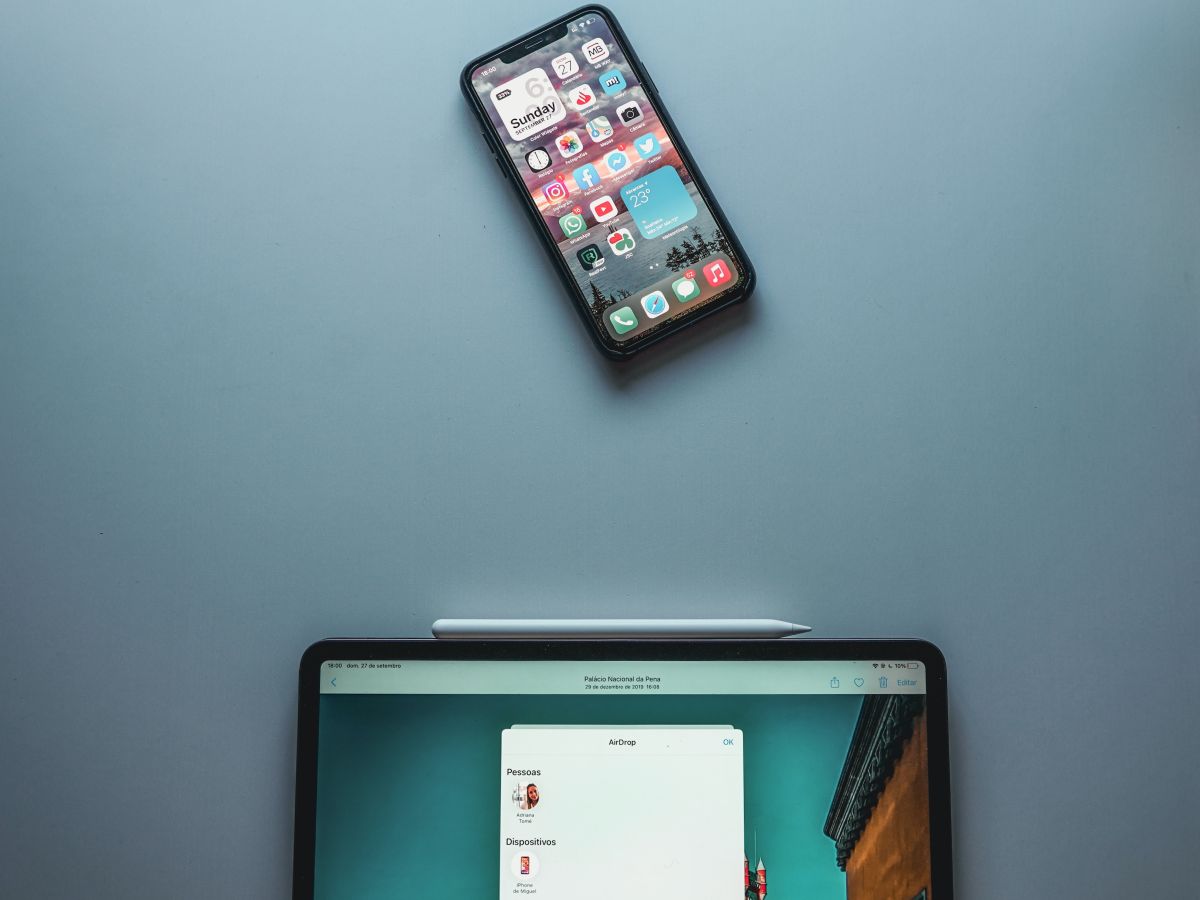
Can an iPad mini with iOS7 be restored to iOS8.1.2 to be able to Jailbreak it later?
Unfortunately not. As I said in the article, you can only install the latest version, which is currently 8.3